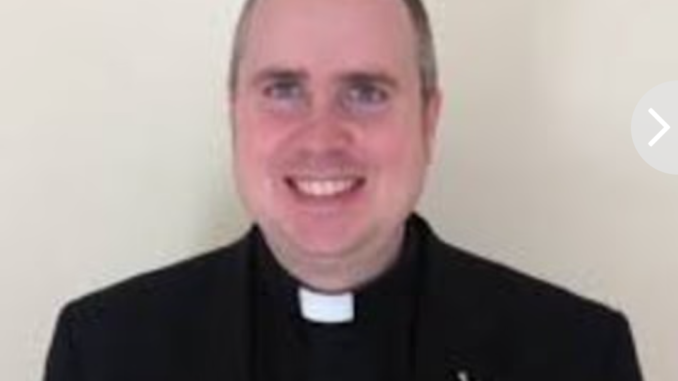
Priest’s Controversial Sermon Sparks Viral Attention
Father Thomas McHale from Our Blessed Lady Immaculate Church in Blackhill, Consett, County Durham, has certainly made headlines with his recent sermon, though not for the usual reasons. During a particularly memorable Good Friday service, the 53-year-old American priest presented a provocative interpretation of Jesus Christ’s crucifixion that has stirred quite a reaction.
In his sermon, Father McHale made a startling assertion about the crucifixion’s physical effects, claiming that the traumatic nature of the crucifixion could have led to Jesus experiencing an erection at the moment of death. This bold and graphic claim was meant to convey the severe physical suffering involved in crucifixion but left many in the congregation, including families with children, visibly shocked and uncomfortable.

This incident raises questions about how clergy navigate the delicate balance between engaging theological discussions and maintaining decorum. Father McHale’s comments highlight the challenge of addressing the physical aspects of religious events in a way that is both respectful and thoughtful, a balance that seems to have faltered in this instance.
If you thought this was the only unusual event involving the church recently, you might be surprised. Earlier this year, a Catholic ministry had to discontinue an experimental AI priest named Father Justin, whose suggestions ranged from baptizing babies in Gatorade to offering questionable marital advice. It’s a reminder of the complex intersection between technology and spirituality.
These events underscore broader issues that religious communities face in today’s world. From the integration of technology in religious practices to the interpretation of sacred texts for modern audiences, there are many challenges where missteps can attract significant attention. Father McHale’s sermon, while controversial, may prompt deeper discussions on how to approach the portrayal of crucial biblical events.
For the local community and the church, this sermon was more than a moment of discomfort; it opened up a space for reflection on how sacred topics are addressed. It serves as a reminder that theological discussions don’t have to be sensational or offensive to be meaningful and that finding the right approach is key to navigating these conversations in the future.
As the church moves forward, it will be important to find a balance between honoring tradition and being sensitive to a diverse congregation. Perhaps this incident will inspire more thoughtful methods of exploring and teaching these timeless stories in a way that respects both the sacred and the contemporary.
Leave a Reply